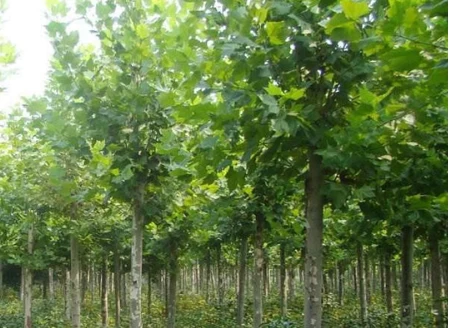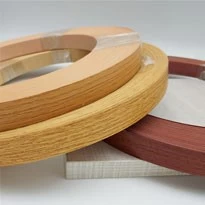What are the unique characteristics of paulownia board?
1. Softness: Paulownia wood, due to its lightweight texture and low density, makes handling and processing easier, making it particularly suitable for making furniture and building decoration materials.
2. Stability: Although paulownia wood is lightweight, it has good dimensional stability and is not prone to warping or cracking, which is crucial for maintaining the long-term use and aesthetics of furniture.
3. Moisture resistance: Paulownia wood has good moisture resistance, which allows it to maintain a good condition even in environments with significant humidity changes, making it suitable for making various furniture and building materials.
4. Insulation: Paulownia wood has excellent insulation and thermal performance, which makes it also have good application prospects in the field of construction.
5. Acoustic performance: Paulownia wood has strong resonance, good acoustic performance, and stable sound quality, so it is called "Qintong" and is an ideal material for making string instruments.
6. Rapid growth: Species of the Paulownia genus grow very quickly, which makes the advantage of Paulownia as a resource very obvious, contributing to sustainable utilization and environmental protection.
7. Flammability: Due to its low flammability, paulownia wood has great applications in certain special fields, such as military and industrial applications, such as making aviation models and precision instrument casings.
8. Silk Shining: After cutting, the surface of paulownia wood can present a silk like shine and three-dimensional texture, which adds aesthetic appearance features to furniture design.
In summary, paulownia board has a wide range of applications in furniture manufacturing, architectural decoration, musical instrument manufacturing, and other fields due to its unique physical and aesthetic characteristics. At the same time, its rapid growth and good environmental attributes also make paulownia a sustainable material choice.








